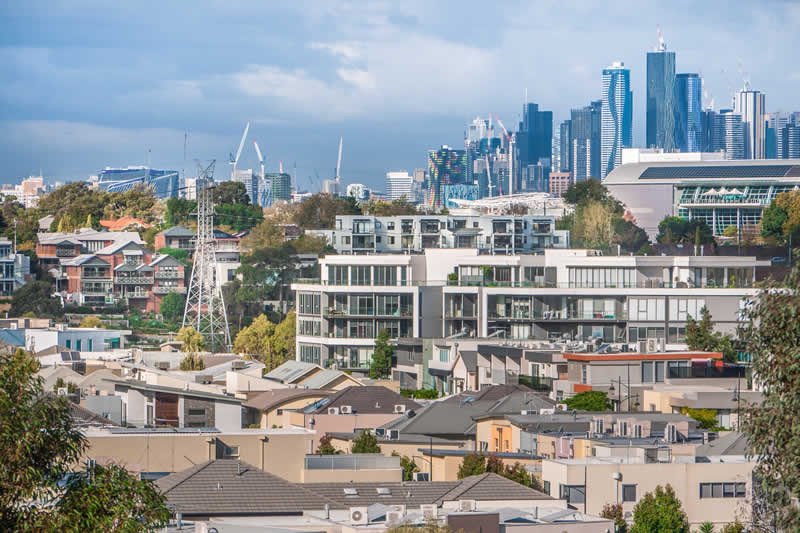The demand for townhouses in inner Melbourne is growing. The new category of buyer are higher earning professionals who want that particular location, but with the additional sense of security and privacy.
The size of inner urban apartment blocks can make inhabitants feel like they are just one of many. High-rise blocks lack some elements of privacy and personality can get lost in the scale of the buildings. Not so with the townhouse. Built on a personal scale with a more limited number of dwellings, townhouses can offer better security, extra outside living space whether its courtyard or rooftop, and usually better parking facilities.
As boom-time levels of CBD high-rise apartment supply (often bought by investors) eases off, developers are increasingly turning to a growth area that is dominated by owner occupiers. And townhouses fit what city professionals and downsizing baby boomers are looking for.
The demand has been ramping up. A YarraBend development in Alphington just 6.5km from the CBD, sold 55 townhouses in 3 hours last November at prices ranging from $770,000 to $1.2M. Suprisingly, these weren’t investors, 52 of the 55 dwellings were bought by local residents. Mostly young professional couples and young families.
Higher earners are the target
Rather than maximising the number of units they can fit on an inner urban site, developers are choosing to increase the size of the dwellings, to attract deeper pockets. In 2016, developer Tim Gurner cut the number of units he had planned for a Stanley Street Collingwood site from 47 down to 40, allowing him to increase the home sizes.
Gurner said the larger dwellings were the first to sell with many people actually buying 2 dwellings and then customising the space to fit their lifestyle.
Across town in Coburg, Melbourne developers Future Estate had planning approval for 120 apartments at the old Pentridge prison site but then revised their thinking and opted for just 38 bigger townhouses instead with prices between $700,000 and $1.2M.
A changing market
According to Future Estate Managing Director Ben Anderson, the market has changed. ”We are shifting our focus towards increased townhouse product over the next year or two,” Anderson said.
“The townhouse revenue might be less but development time and costs are lower. Plus they will sell more quickly. In up to 3 months, in comparison with about 6 months usually needed for a typical one hundred and fifty apartment development. So financing costs come down.”
In the much discussed middle ring suburbs, 5 kilometres to 20 kilometres from the CBD, swelling population and the inevitable development that must follow has to find acceptable solutions. Both councils and existing residents regard a lower rise townhouse development much more acceptable than 5 or 6 storey apartment buildings appearing in their streets. Townhouse developments are better suited to these urban infill locations.
It appears townhouses are coming back to where they started. Downtown.



